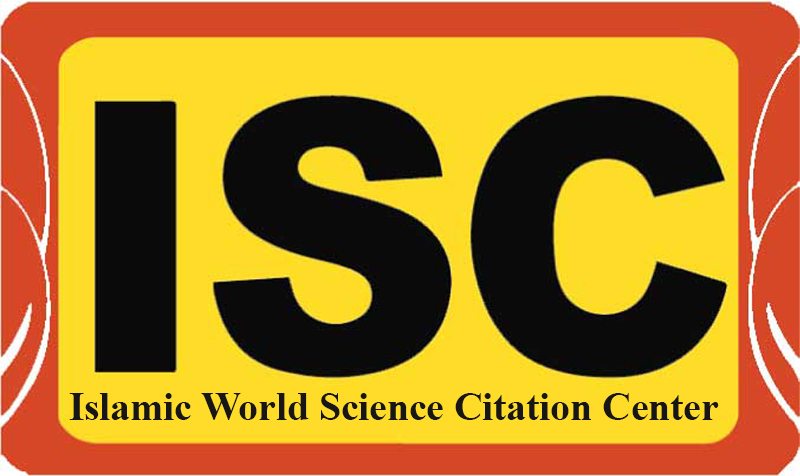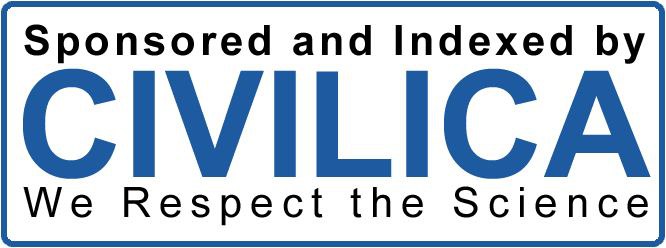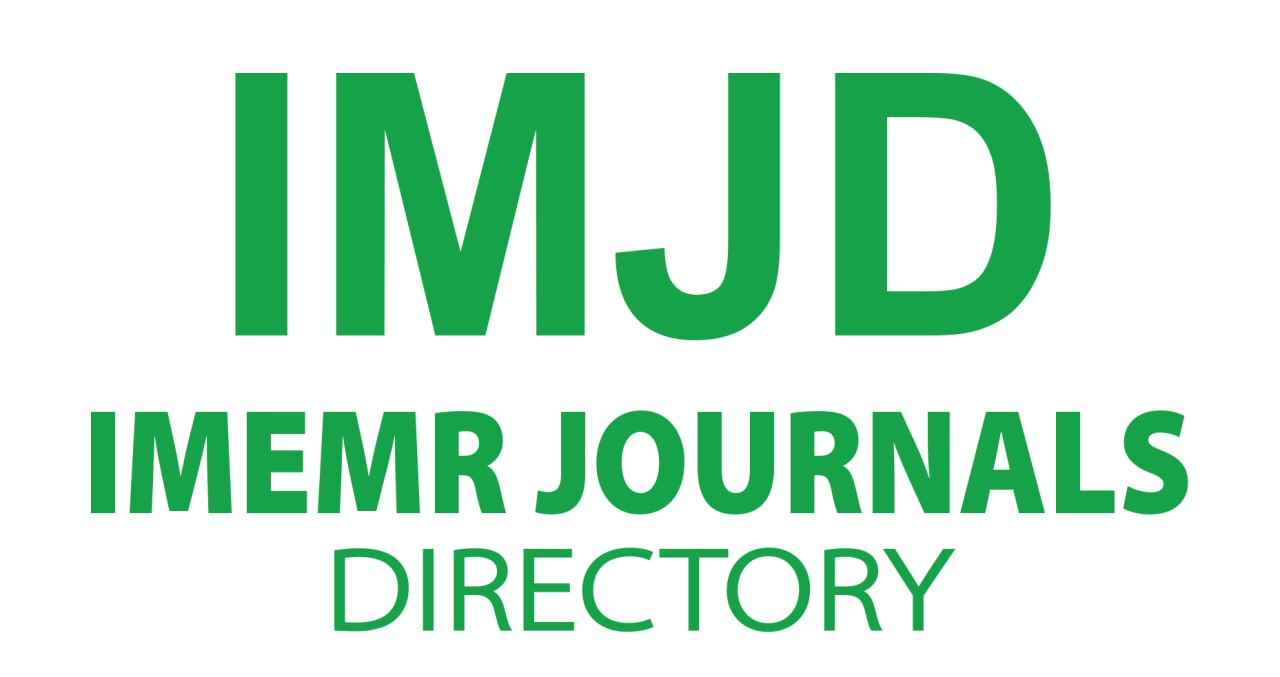Antibacterial, antiviral, antifungal, and immunomodulatory properties of probiotics
DOI:
https://doi.org/10.62134/ajbms/v2.i2.khatamuni.10Keywords:
probiotic, antibacterial, antiviral, antifungal, immune mediatorAbstract
Probiotics are microorganisms that provide health benefits in sufficient amounts and are used in commercial dairy products such as yogurt and cheese and non-dairy products such as fruit juice and bread. Various gram-positive and gram-negative bacteria are in the category of probiotics, the most famous of which are Lactobacillus and Bifidobacterium. The most well-known application of probiotics is the removal of intestinal pathogens and stabilization of the mucosal barriers of the gastrointestinal tract. In addition, probiotics have the effects of anti-obesity, anti-diabetic, anti-cancer, cholesterol regulation, and improvement of neuropsychiatric diseases such as anxiety, depression, Parkinson's, and multiple sclerosis. Probiotics exert their antibiofilm and antibacterial properties by the production of antimicrobial compounds inhibiting the attachment to surfaces and the growth of pathogenic bacteria and preventing diseases such as tooth decay and urinary tract infection. The use of antibiotics against pathogenic bacteria leads to the possibility of antibiotic resistance, but probiotics are not like this and even they can eliminate resistant bacteria such as methicillin-resistant Streptococcus aureus (MRSA). By producing lactic acid, fatty acids, nitric acid, H2O2, and bacteriocin and stimulating the immune system, probiotics have antiviral and antifungal activity, which in fungi, as a result, reduce toxin production. Due to the modulatory effect that probiotics have on inflammatory cytokines, different types of T lymphocytes and other immune mediators, they can be used to improve autoimmune, inflammatory and allergic diseases.
Downloads
Published
How to Cite
Issue
Section
Categories
License
Copyright (c) 2024 Afghanistan Journal of Basic Medical Science

This work is licensed under a Creative Commons Attribution 4.0 International License.









